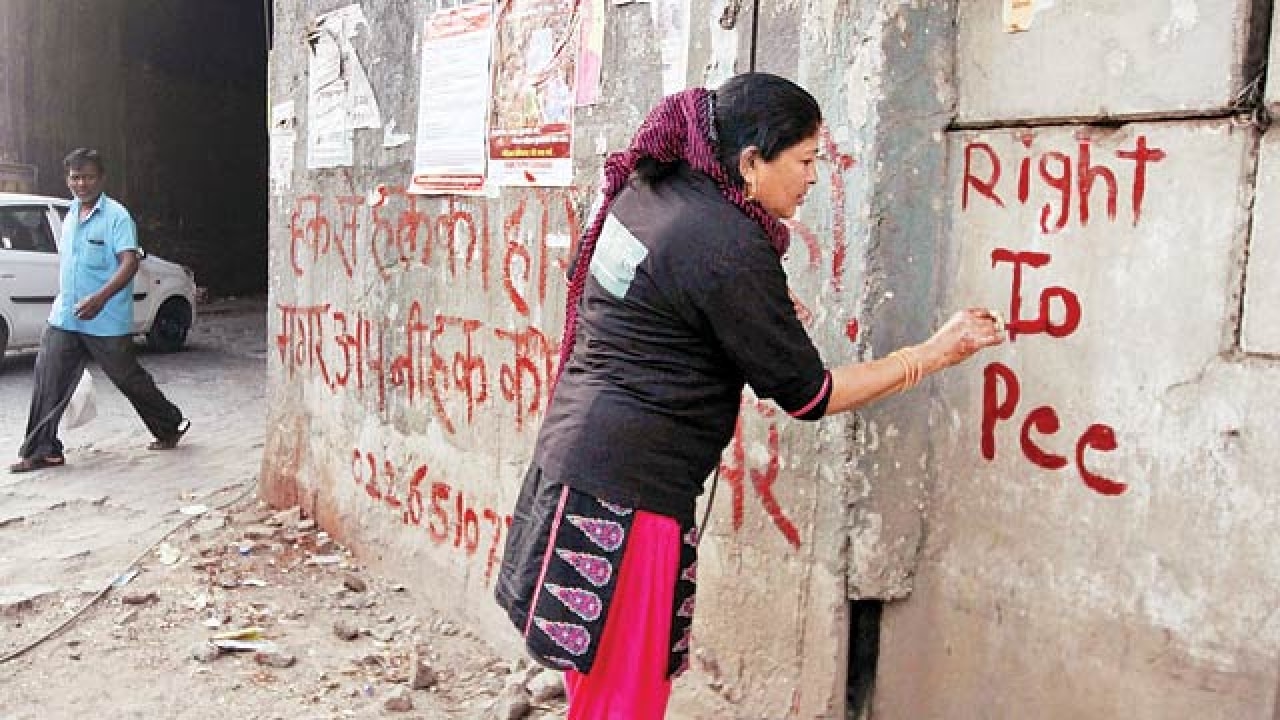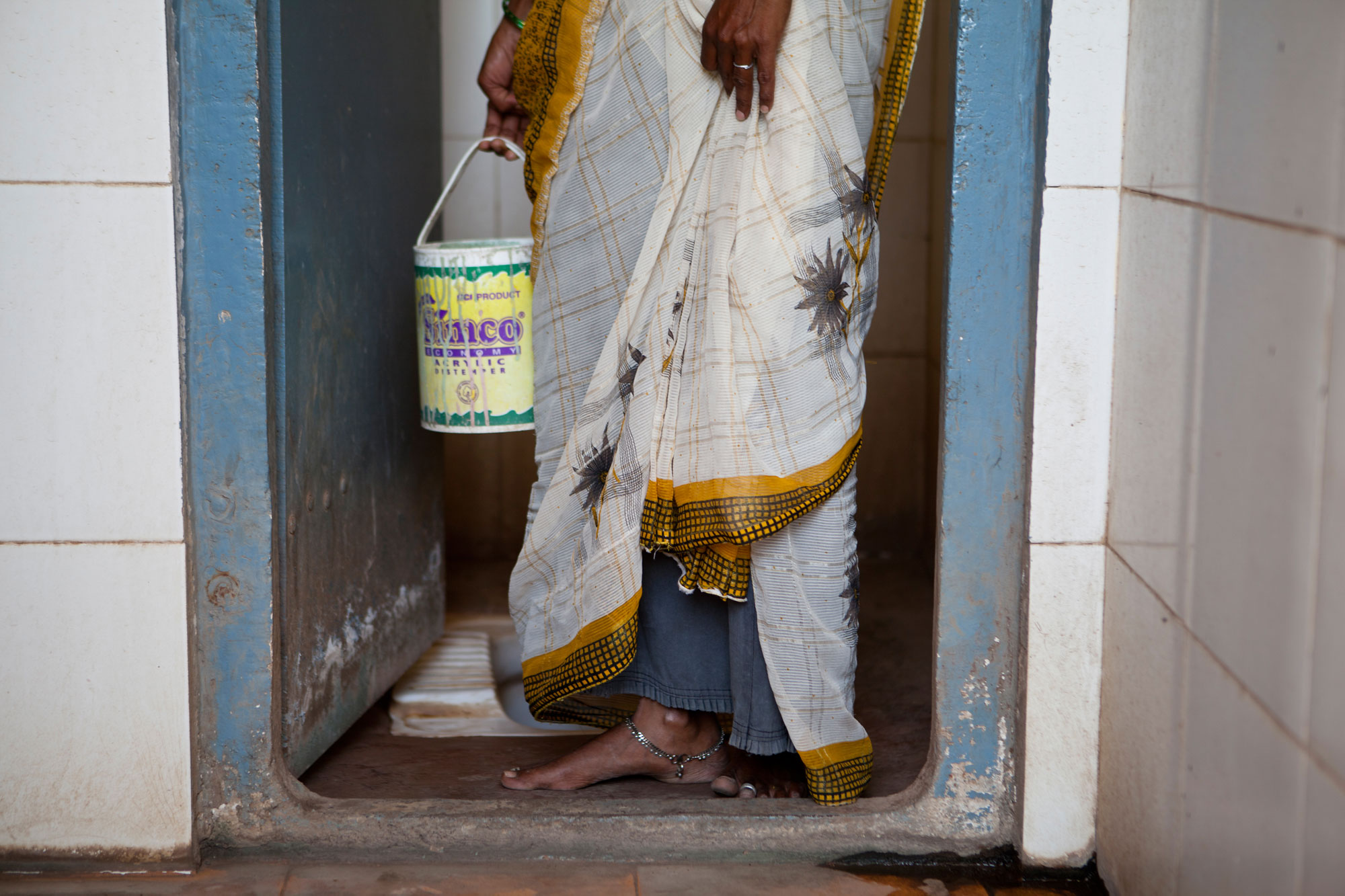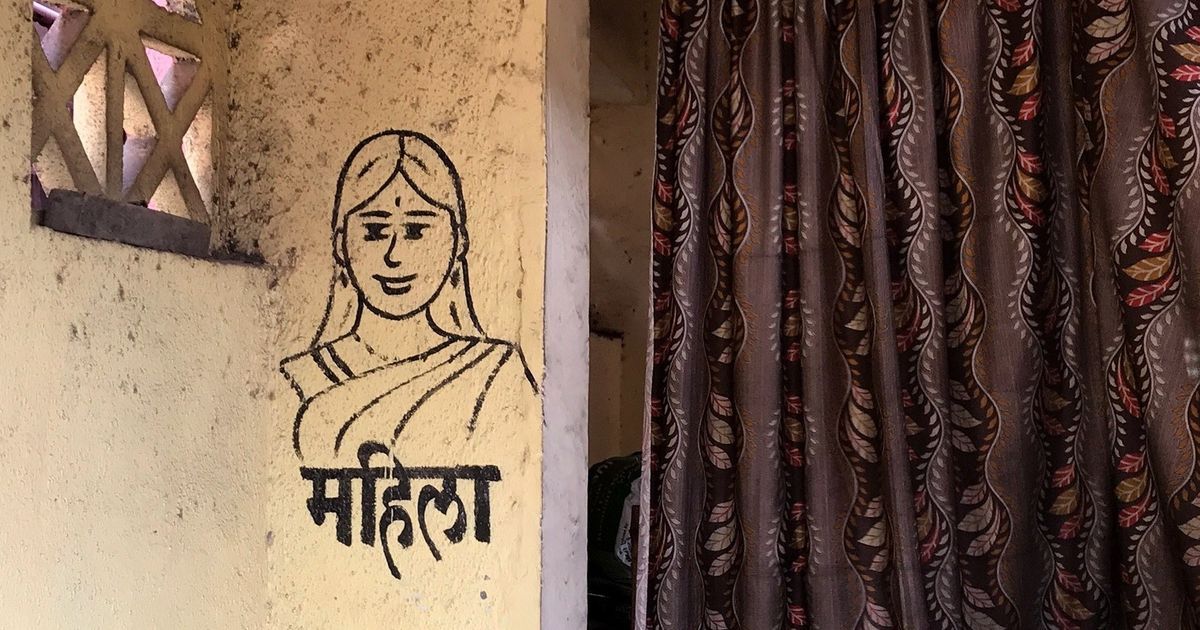Sanitation facilities, especially for women continues to be a pressing need even as initiatives like the Swachh Bharat Mission continue to maintain momentum. Biological defaults, cultural norms and social taboos intersect when it comes to the public sanitation requirements of women in India.
The lack of basic facilities like clean toilets makes it extremely difficult for women to carry out their daily sanitation safely and with dignity. This also leads to open defecation, which is an unhygienic practice that compromises health and well being. It also makes women vulnerable to sexual harassment since most women chose to go out and relieve themselves after the sunset. The risk of getting attacked by animals is also not less. The lack of sanitation facilities is thus, a social and cultural burden for women in India.

Open defecation and unhygienic latrines: Women are exposed to physical and mental trauma
Although an understanding that public sanitation facilities are way below the necessary average is a good place to start, the ramifications of open defecation is much bigger than acknowledged. There is absolutely no dispute regarding the fact that defecating in unhygienic places can cause Urinary Tract Infection (UTI) in women, be it in toilets or open fields.
This typically leads women into three responses – either deliberately ignore the horrible condition of the toilet and use it, find an open space and defecate there, or stop drinking enough water and control the urge to pee. All of these coping mechanisms lead to the same outcome – UTI.
Studies have shown that defecating under such circumstances harm women physically and psychologically. Women have shared their experiences of fear which proves that open defecation is not a choice but is inevitable in most of the cases. Lack of hygienic sanitation has a very close relationship with the overall health of women as it can cause diarrhea, undernutrition, deteriorating immunity and other soil transmitted infections
Professor Vinod Jain from King George’s Medical University observes that 80 per cent of women in India have experienced UTI at least once in their lives. There is also a unique pattern found in urban and semi-urban areas wherein many women contract infections and discomfort because of repeated instances of standing while urinating and trying to expediate the process while using open spaces, to hide themselves as vehicles and people pass by often.

Studies have shown that defecating under such circumstances harm women physically and psychologically. Women have shared their experiences of fear which proves that open defecation is not a choice but is inevitable in most of the cases. Lack of hygienic sanitation has a very close relationship with the overall health of women as it can cause diarrhea, undernutrition, deteriorating immunity and other soil transmitted infections.
On the other side, students and parents have unanimously talked about how the right to education is compromised because of poor sanitation facilities. Parents are hesitant to send their daughters to schools without toilets. Even if they do, girls do not use the washrooms due to their disgraceful condition.
This also means that girls are forced to skip school and stay at home during their monthly periods. When proper sanitation facilities are provided, the attendance rates and retention of female students and teachers have shown more stability.
Most of the toilets become unusable within a short span of time as the pipes get clogged and flush tanks go dry. This is not the time to come up with more initiatives that address the shortcomings. Rather, what we need is a reorientation of the existing schemes that bridge the gaps and problems that persist

The problem with sanitation not only stems from the lack of gender sensitive policy making but also due to improper implementation. In states like Rajasthan, 80 per cent of the households do not have toilets as per the 2011 census. In India, poor sanitation and inaccessibility to clean water are two of the most common health risks that cause deaths.
Also read: Are Policies Around Toilets In India Effective Enough?
Furthermore, only 40% of the Indian population have access to improved sanitation. This means that having a clean toilet to fulfil your basic needs a privilege in India and even in that, women have very selective accessibility. Domestic workers and slum dwellers, from their experiences with public toilets have explained how the toilets are never kept neat and become the breeding grounds for all sorts of infections.

Most of the toilets become unusable within a short span of time as the pipes get clogged and flush tanks go dry. This is not the time to come up with more initiatives that address the shortcomings. Rather, what we need is a reorientation of the existing schemes that bridge the gaps and problems that persist.
Including women in sanitation initiatives
It can be observed that initiatives under women’s leadership bear better results when it comes to providing sanitation facilities. This is because women understand the sanitary needs of fellow women and are more sensitive about issues pertaining to sanitation from experience. They ensure better quality and durability. Their decisions too, are starkly different from that of their male counterparts.
The plans to improve sanitation in India should be structured, developed and sustained in a way that is feasible to women considering the fact that they are at a greater risk. This would mean including more women at the planning, designing and policy decision making levels
In Rajasthan, women were given the agency to decide the location of the household toilets. Similarly, in the Total Sanitation Campaign (TSC) in Odisha, committees that comprise adolescent girls were formed to promote the usage of toilets and hygienic sanitary practices. In Kerala, Kudumbashree (an all women organisation) has also played a significant role in reviving the badly hit Water Sanitation and Hygiene (WASH) sector during the 2018 floods. All of these women led initiatives have improved the sanitation scenarios in their respective states.

The economic and social regression that we face due to lack of proper sanitation facilities is much beyond our imagination. The loss incurred due to poor sanitation was pegged at $58 billion in 2006 by the World Bank which would have definitely doubled by now. Apart from the health issue that this is, it is also a violation of one’s fundamental right to life and a very evident falling short of fulfilling the sixth Sustainable Development Goal – “clean water and sanitation for all”.
The plans to improve sanitation in India should be structured, developed and sustained in a way that is feasible to women considering the fact that they are at a greater risk. This would mean including more women at the planning, designing and policy decision making levels.
It is not women’s burden to hide themselves while urinating or be forced to helm sanitation drives because the political and administrative system has failed them. It is a collective responsibility of the state, society as well as citizens to ensure dignified, clean sanitation to all, especially women.
Also read: Sanitation Workers During The Pandemic: India’s Neglected Frontline Workers
Featured Image Source: Scroll.In
About the author(s)
Anagha is a postgraduate student who is interested in the field of gender studies and sociology. She hopes to make the world a better place for all genders, one step at a time. Being a person who tries to make things better around her, she is in a constant process of learning and unlearning. Reading and gardening are her escape from the daily hustle




